Art & about: Turkey takes own art path
2010/04/17
LUCIEN DE GUISE
While the rest of the Middle East have occasional references to Islamic culture, it’s a rare sight in Turkish art
DESPITE the Asian art market making a shaky recovery, collectors are always looking for the next new thing. Should they look East or West? A lot of them are getting both in one reasonably priced package. Turkey is the field of the moment. Turkish contemporary art has been getting more attention in the past year than it has for decades. It may not have caught on as vigorously as Iran, its great rival in Western Asia, but while Iranian art is old news, Turkey has the merit of obscurity. Turkish artists were even left out of the pioneering exhibition, Word into Art, held at the British Museum in 2006. With the subtitle, Artists Of The Modern Middle East, Turkey’s role might have been expected to be greater than that of Tunisia, Sudan or Japan. But this was not the case as none of the 80-plus artists were from Turkey. This was not entirely unexpected as the emphasis was on the written word in Arabic script. While almost every corner of the Islamic art world is working diligently in this field, Turkey seems to have excluded it from its contemporary art. What Turkey does best is art divorced from religion. The exhibition, Without Boundary, at New York’s Museum of Modern Art, also in 2006, did include an important Turkish artist, Kutlug Ataman. It also had a suitably outlandish entry from novelist Orhan Pamuk. His two-page essay starts with “Hi! Thank you for reading me...” and ends with “...you still don’t understand me but already you’re casting me aside”. Pamuk may be right about the failure to understand, but there’s no question of Turkish art being cast aside. What a happy coincidence that Turkey’s most famous author is also an outspoken advocate of the visual arts. He came up with an impressive novel on traditional Ottoman art (My Name is Red) while creating extraordinary intros to contemporary art shows. All that’s needed now is for a major exhibition to promote the brand. So far, Nigella’s husband, Charles Saatchi, has resisted anything more than a superficial involvement, despite his family name being of Turkish origin. Identity is what collectors want to see in new marginal art markets. Where would China be without its Mao imagery? Or Iran without its rich history and monochromatic chadors? Turkey turns out to be a blank canvas. Its curious geographical placing between East and West makes it a grey area in terms of influences, albeit with lots of actual colour. But just as the Ottoman empire looked west for centuries, modern Turks are doing much the same. If entry into the European Union depended on artistic harmony with Europe, the EU welcome mat would have been presented to Turkey long ago. The most conspicuous feature of contemporary Turkish art is its secular nature. While the rest of the Middle East have occasional references to Islamic culture, it’s a rare sight in Turkish art. Although the veil is as big an issue in Turkey as it is in Iran, the latter has made an entire genre out of it. Turkey has taken its own path, and it’s one that might chill state interventionists. This is a country that has grown from having a handful of art galleries to a couple of hundred in a short time.
It is noticeable how little interest has come from the government. The private sector accounts for almost the entire art patronage of Turkey. Banks especially have also been highly supportive. Most of the best museums and galleries are private foundations.
The other force pushing Turkey into the world arena is Sotheby’s. The second of its ground-breaking sales took place last week and showed a wider range of material than a year ago. This international presence has given collectors everywhere the chance to see what Turkish art is all about, and it has boosted sales at local auction houses. Earlier this month, a local company in Istanbul sold a painting by Erol Akyavas, one of the top Turkish artists, for a record price of 1.2 million euros. The majority of works sold at these auctions are in the RM100,000 to RM200,000 band, which a surprising number of collectors feel comfortable with. It makes the field one of the most affordable around, as these prices apply to some of Turkey’s best-known names. In the latest Sotheby’s auctions were some of the dead masters such as the rare female painter Fahrlenissa Zeid whose works go for almost as much as Akyavas’, along with stars of the future such as Taner Ceylan whose painting, 1881, is one of the few contemporary Turkish works to use the fez — a real Ottoman icon that appalled Mustafa Kemal Ataturk. Turkey’s great moderniser would be more pleased to find that Istanbul is this year’s European Capital of Culture and that the Istanbul Biennale is growing in importance. Perhaps the only deterrent to Turkey assuming its rightful place as a Western art centre is the romanisation of the language that Ataturk introduced in 1928. This is still so awkward for non-Turkish speakers — and printers — that it is completely ignored in English-language catalogues.
Sunday, April 18, 2010
Subscribe to:
Post Comments (Atom)






















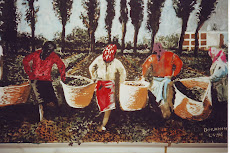

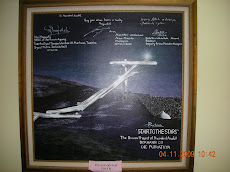





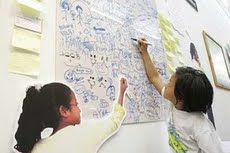

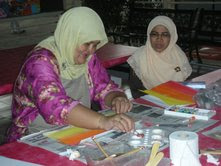.jpg)

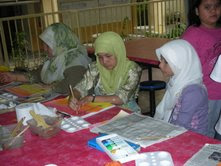


No comments:
Post a Comment